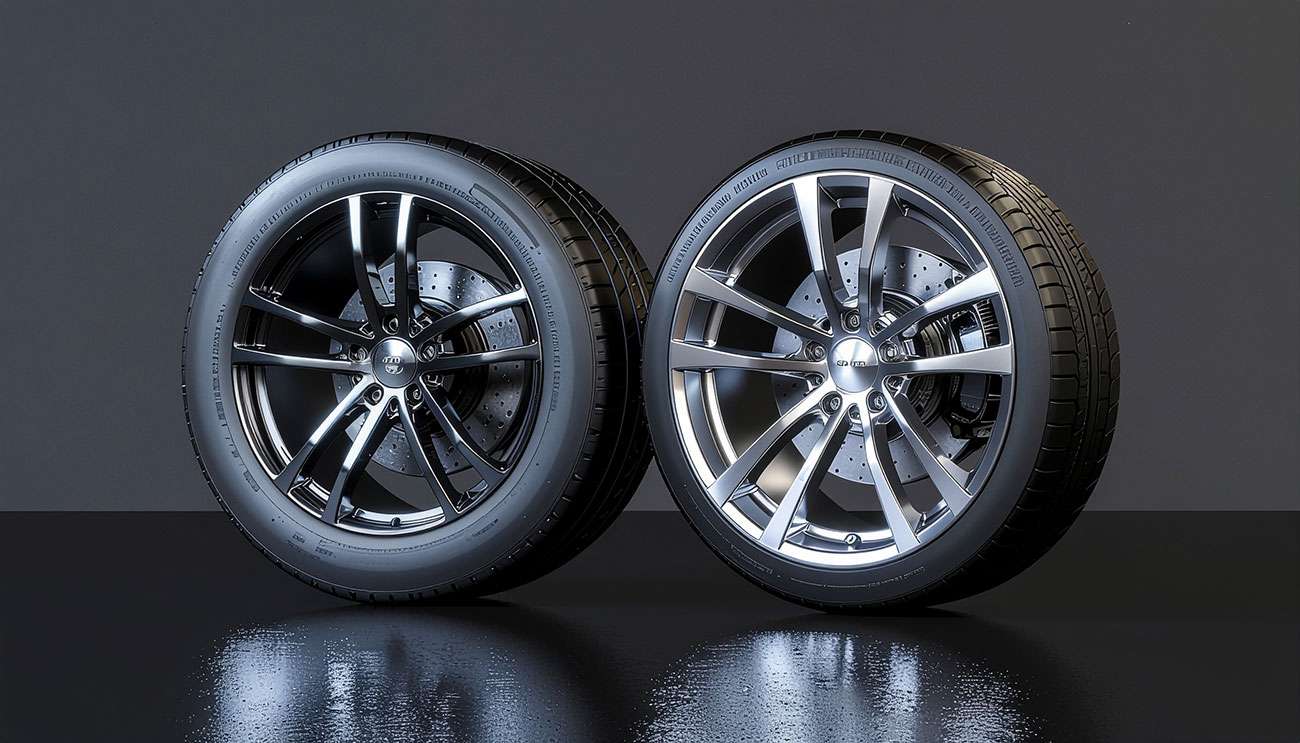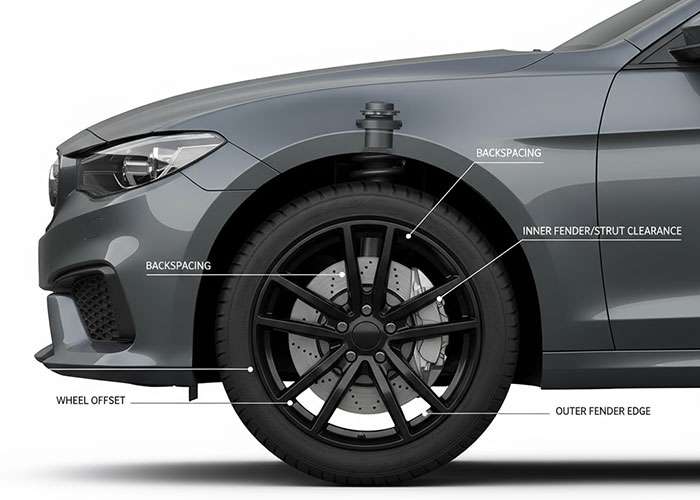
Short answer: Go 18-inch for daily comfort, tire value, and pothole protection; go 20-inch for sharper turn-in and a bolder look. Match overall diameter, verify offset and backspacing, check load rating/inflation, and plan an alignment plus TPMS service for a clean, safe upgrade.
“18 vs 20” refers to the wheel diameter in inches, not the overall tire diameter. When you step up to a 20-inch wheel, the tire’s sidewall typically gets shorter to keep the overall rolling diameter close to stock (so your speedometer and gearing stay happy). That shorter sidewall is the heart of most differences you’ll feel on the road.
If you value a smoother commute and long-trip comfort, 18-inch setups usually win. The added sidewall cushions expansion joints and rough pavement. 20s ride firmer, which some drivers prefer for a connected, sporty feel.
Shorter sidewalls reduce tire squirm, so 20-inch packages often feel quicker on turn-in. On backroads, that can translate to confidence — assuming offset and tire choice are dialed. Use our Plus/Minus Sizing Calculator to compare footprints before you buy.
Heavier wheel/tire packages take more energy to spin. Depending on the model you choose, a 20-inch upgrade can add rotational mass, slightly softening acceleration and mpg. Choosing a lighter wheel helps offset the difference — forged or flow-formed designs can be a smart move.
For towing or frequent heavy loads, prioritize load index and proper inflation. A robust 18-inch tire with adequate sidewall can run cooler and offer better impact resilience. Review our Load & Speed Ratings guide and confirm the recommended pressure for your actual load.
18-inch sizes are widely available with excellent value per mile. 20-inch tires tend to cost more, especially in premium performance or SUV fitments. Factor total ownership cost — not just purchase price — over the life of the set.
Lower-profile 20-inch tires provide less cushion between the rim and road hazards. If your roads are rough, 18s offer a margin of safety. Regardless of size, keep pressures on spec and inspect sidewalls after impacts.
Any size change deserves a fresh alignment. Incorrect toe or camber will eat tires fast. After installing your package, schedule an alignment and re-torque, then re-check torque after 50–100 miles.
For urban driving and mixed pavement, 18s balance comfort, grip, and cost. If you do more freeway miles and want a tauter feel with visual pop, 20s can be rewarding — just keep an eye on load, pressure, and wheel weight.
Sport sedans, hot hatches, and crossovers can run 18 or 20 effectively when overall diameter and offset are correct. Trucks and SUVs with towing duty often favor the cushion and durability of an 18-inch package.
20s deliver presence. If that’s the goal, pick a tire with an appropriate load index and a quality wheel. If you want maximum comfort, savings, and everyday protection, 18s are tough to beat. Either way, validate fitment with our Wheel & Tire Size Calculator and browse ready-to-roll Wheel & Tire Packages.

Yes. 18s usually ride smoother due to taller sidewalls; 20s feel firmer and more responsive. Proper pressure and quality tires narrow the gap.
They can if the package is heavier. Choosing lighter wheels/tires helps maintain performance and efficiency.
Often, because the added sidewall can run cooler and protect the rim. Prioritize load index and correct inflation for your actual load.
Yes. Any fitment change should be followed by a four-wheel alignment and a torque re-check after 50–100 miles.
Use our Wheel & Tire Size Calculator to compare overall diameter and our Plus/Minus Sizing Calculator to model step-up sizes.